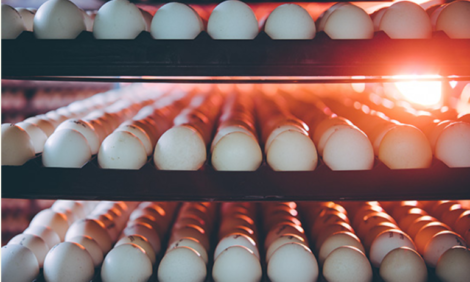



Farm Income Forecasts a Mixed Bag
UK - New government figures confirming a strong year for the farming industry are welcome, but the continued rise in input costs and the crisis in the eurozone means that there’s no room for complacency, said the National Farmeres Union (NFU).
Defra’s Farm Business Income forecasts for the year ending February 2012 predict incomes in several key sectors have strengthened over the last 12 months. Improvements in UK beef and milk prices, along with the relative strength of agricultural commodity prices have helped underpin the forecast.
According to the figures, dairy farmers are expected to see a 27 per cent increase in incomes. Grazing livestock farms should also see incomes improve, with a 30 per cent rise predicted for lowland grazing units and seven per cent for farms in less favoured areas, albeit to still modest areas. A marginal increase is also expected in cereal farm income. But the intensive livestock sectors have suffered, with incomes on pig farms forecast to be down by 20 per cent and on poultry farms by eight per cent.
NFU Chief Economist Phil Bicknell said: “These forecasts are in contrast to the performance of the wider economy. They follow on from the improved confidence that we’ve seen in some farming sectors and build on other recent indicators that have underlined agriculture’s contribution to the wider economy. This is undoubtedly positive news for parts of the industry.
“But not all farm types saw improvements to their bottom line. Pigs and poultry saw profitability decline, as rising input costs, most notably feed, made inroads into enterprise margins.
“Higher costs will not be unique to pigs and poultry either. All farmers have faced significantly higher operating costs over the last year, with the 18 per cent increase in fuel costs and the 20 per cent rise in fertiliser prices the most significant.
“It’s also reasonable to expect that these forecasts conceal much variation. Some parts of the country struggled with drought conditions in 2011. The impacts were relatively localised, but will have affected crop and fodder yields on individual farms.
“The farming industry remains susceptible to a range of factors. Even with some of the improvements indicated by these forecasts, we’re still talking about returns on assets in the range of three to six per cent across farm types.
“Amidst continuing Eurozone uncertainty, farmers will be conscious of the link between farm profitability and changes in currency. Nonetheless, these figures and the long term drivers for agricultural markets give cause for optimism, certainly when compared to other areas of the economy.”








